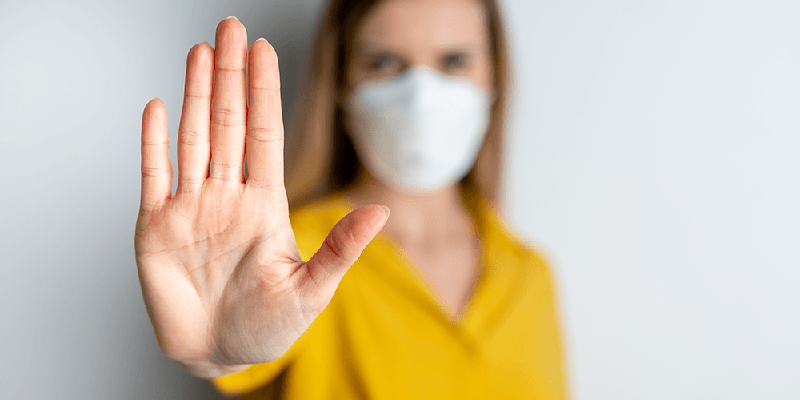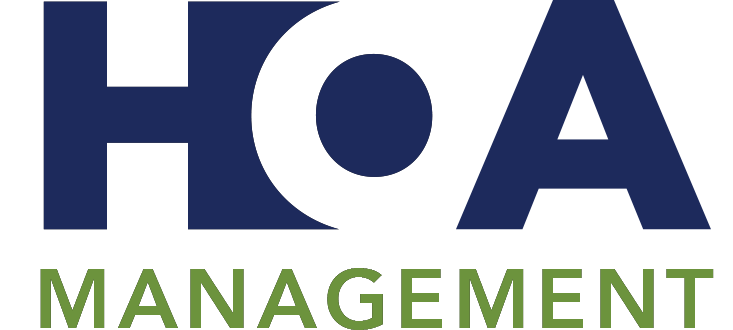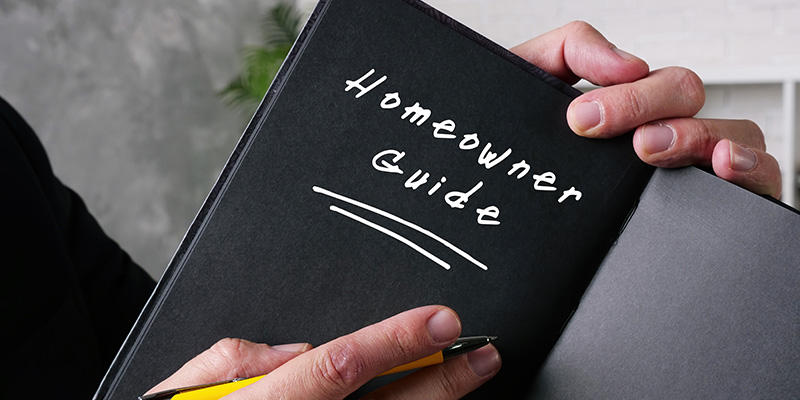Making And Wearing Face Masks In The COVID Time

The Centers for Disease Control and Prevention (CDC) now recommends the use of face masks in public to limit the spread of the novel coronavirus disease or COVID-19, in the United States. HOAs should take note of these guidelines to further prevent coronavirus transmission in their communities. Here’s everything you need to know about making and wearing face masks.
Browse By Category
Sign up for Our Newsletter
The Centers for Disease Control and Prevention (CDC) now recommends the use of face masks in public to limit the spread of the novel coronavirus disease or COVID-19, in the United States. HOAs should take note of these guidelines to further prevent coronavirus transmission in their communities. Here’s everything you need to know about making and wearing face masks.
The Importance of Wearing Face Masks
According to the CDC, everyone should wear cloth face coverings or face masks when going out of their homes. New studies have shown that people who are asymptomatic and pre-symptomatic can transmit the coronavirus.
About 25% of people who have the coronavirus do not exhibit symptoms such as coughing or sneezing so it’s possible that they don’t even know that they are positive for COVID-19. This means that even you or the person beside you could be an asymptomatic carrier.
For your protection and the protection of others, it’s important to wear face masks in public settings or when interacting with people in close proximity.
Take note, though, that the CDC does not recommend the use of surgical face masks or N-95 respirators if you are not a healthcare professional. These are personal protective equipment (PPE) that is in critical supply so they should be set aside for healthcare workers and medical first responders.
When to Use Face Masks?
Face masks should be worn in all public settings, especially in areas where 6-feet social distancing is difficult to maintain and in areas where there has been a significant community-based transmission of COVID-19.
This means wearing a simple cloth or homemade face mask when going to the grocery, pharmacy, or other public places.
All essential non-medical workers should also be wearing face masks. This is already a mandate in several cities such as New York City and Los Angeles.
Who Should Not Wear Face Masks?
There are some exceptions as to who should be wearing face masks. This includes children under the age of 2, individuals who have difficulty breathing, and people who are incapacitated or unconscious.
Generally, those who are wearing face masks should be able to remove them without needing assistance.
How to Make a DIY Face Mask
Given the shelter-in-place order, as well as the scarcity of medical-grade face masks, there is no need to leave your home to purchase face masks. You can easily create a face mask using materials that you already have at home.
For instance, a bandana face mask or a t-shirt face mask already provides adequate protection from COVID-19.
It has been established that though coronavirus particles are very tiny, they are commonly transmitted when stuck to water or mucus droplets that are released when someone with COVID-19 coughs, sneezes, or talks.
These droplets are much larger, and homemade masks are enough to block them. So, wearing a face mask made of cotton or flannel can prevent asymptomatic carriers from spreading the virus, or non-infected individuals from catching COVID-19.
How to Sew Face Masks
Here’s what you need to know when creating a DIY cloth face mask.
Materials You Will Need:
- Cotton Fabric (Quilted Fabric or Flannel as Alternatives)
- Elastic (Rubber Bands, Hair Ties, or String as Alternatives)
- Needle
- Thread
- Scissors
- Sewing Machine
Instructions:
- Cut two pieces of rectangles from your cotton fabric. They should measure 10 inches by 6 inches.
- Place the fabric on top of each other. This will create a double layer for your face mask.
- Form a 1/4-inch fold on the top and bottom of the fabric. Sew or hem the fabric.
- Make a 1/2-inch fold on the sides of the fabric. Sew or hem the sides.
- Cut two pieces of elastic or string. It should be around 6-inches long and 1/8-inch wide.
- Attach a needle or safety pin to one end of the elastic. Thread elastics through each side of the face mask.
- Create a knot to keep the elastic in place. Tuck the knot inside the hem.
- Gather the sides of the face mask. Place a mask on your face. Make sure that the mask covers your face and the elastic is tight enough that the mask doesn’t fall down.
- Make adjustments if necessary.
DIY T-Shirt Mask
If you do not have a sewing machine, or cannot hand-sew, you can still create your own face mask. Here’s how to make a t-shirt face mask:
Materials:
- T-shirt
- Scissors
- Strings
Instructions:
- Cut the bottom end of a t-shirt. It should be about 7-8 inches in height.
- Place t-shirt fabric on a flat surface. Measure about 6-7 inches on one side of the fabric.
- Cut the fabric. These long, thin parts will serve as the strings of your face mask.
- Cut the thin ends of the fabric.
- Wear the t-shirt face mask and tie the strings over the top of your head and around your neck.
How to Make a Bandana Face Mask
The Surgeon General also has a guide on how you can create a bandana face mask without any sewing. Check out the video below:
https://youtu.be/tPx1yqvJgf4
When creating a bandana face mask, make sure the fabric you are using is thick enough. Also, the bandana face mask should fit snugly on your face and shouldn’t be falling down.
How to Wear Face Masks
Simply having a face mask isn’t enough; you should also know how to wear masks properly. Here are some important guidelines on how to use a face mask.
- Cloth masks should fit comfortably on your face. It should cover both your nose and mouth.
- A face mask should have at least two layers of fabric for adequate protection.
- The face mask should be secured on your ears with elastic or ties.
- You should be able to breathe comfortably while wearing the face mask.
- When removing the face mask, make sure not to touch your eyes, nose, and mouth.
- Wash your hands after removing the face mask.
- The face mask should be washed regularly. Ideally, it should be laundered after being used in public. Putting it in the washing machine will suffice.
Is Wearing a Face Mask Enough?
It’s important to remember that a face mask alone isn’t enough to protect you from COVID-19. You should still follow other safety guidelines such as washing your hands often and observing social distancing.
Similarly, just because you are wearing a face mask doesn’t mean that you can start going out in public again. The best way to protect yourself from COVID-19 is to limit your potential exposure to the virus.
Thus, staying home is still the best preventive measure.
Wearing Face Masks Can Protect You, Your Family, and Your Community
Given the devastating effects of COVID-19, it is our social and moral responsibility to not only protect ourselves but also those around us.
While we still have so much to learn about the novel coronavirus, we do know that wearing face masks can prevent asymptomatic and pre-symptomatic carriers from transmitting the disease. It also reduces our chances of catching COVID-19 when out in public.
So, by now, you know the importance of wearing face masks and how to make one for yourself. You can even take social responsibility to the next level by making extra face masks for the members of your community.
RELATED ARTICLES:
- Should HOAs Close Community Pools During COVID-19?
- HOA And Deliveries In The Covid-19 Pandemic
- Halloween COVID 19 Activities: How to Safely Have Fun in Your HOA
Trending Now
Related Article
Sign up for Our Monthly Newsletter
Sign up below for monthly updates on all HOA Resource















